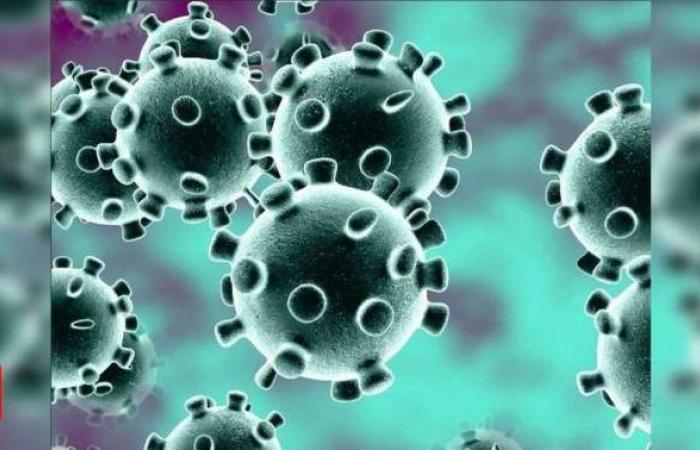WASHINGTON: After the Covid-19 pandemic led to the closure of laboratories around the world, a team of researchers from the University of Essex turned to computational approaches to understand why some plants are better suited to produce light and carbon dioxide through photosynthesis to convert.
They published their results in the journal Frontiers of Plant Science. There are two types of photosynthesis: C3 and C4. Most food crops depend on C3 photosynthesis, which is the process of fixing carbon in sugar in cells called “mesophyll”, where oxygen is abundant.
However, oxygen can hinder photosynthesis. C4 plants developed special bundle-shell cells to concentrate carbon dioxide, making C4 photosynthesis up to 60 percent more efficient.
In this study, scientists wanted to find out how C4 plants can express several key enzymes in bundle-coat cells instead of mesophyll.
“The ultimate goal is to understand these mechanisms so that we can improve C3 photosynthesis in food crops like long beans and cassava that smallholders in sub-Saharan Africa rely on for food and family income,” said Chidi Afamefule , a postdoctoral fellow working on the realization of increased photosynthetic efficiency (RIPE) in Essex.
RIPE is directed by the University of Illinois at the Carl R. Woese Institute of Genome Biology and aims to increase food production by reducing photosynthesis with support from the Bill & Melinda Gates Foundation, the Foundation for Food and Agriculture Research, and the UK outside world -, Commonwealth and Development Department Office.
The RIPE project and its sponsors are committed to ensuring global access and making the project’s technologies available to the farmers who need them most.
The team compared the DNA of four C3 grass plants (including barley and rice) and four C4 grass plants (including corn and sorghum). Their goal was to identify regions of DNA that could control the expression of four enzymes involved in photosynthesis.
This study is likely the first comparison of the expression of these enzymes (SBPase, FBPase, PRK and GAPDH) in C3 and C4 cultures.
“It would have been great to find a ‘master regulator’ that works in all of these enzymes, but we haven’t found it and we suspect it doesn’t exist,” said Afamefule, who ran it study from his home during the pandemic.
Instead, they discovered that C4 plants have several “activators” in their DNA that trigger expression in the bundle shell, and “repressors” that limit expression in the mesophyll. They hope that they can use this genetic code to better photosynthesize less efficient C3 plants in the future.
“Efforts are already under way to help C3 plants function more like C4 plants,” said lead investigator Christine Raines, a professor at the Essex School of Life Sciences, where she also serves as pro-vice chancellor for research.
“Studies like this help us identify small parts within an incredibly complex machine that we need to understand before we can optimize and redesign them,” added Raines.
The next step is to validate these results in the laboratory. The team returned to their laboratory benches on July 6, 2020 and followed all recommended safety guidelines from the School of Life Sciences in Essex.
These were the details of the news Scientists are turning to computers to understand C4 photosynthesis during Covid for this day. We hope that we have succeeded by giving you the full details and information. To follow all our news, you can subscribe to the alerts system or to one of our different systems to provide you with all that is new.
It is also worth noting that the original news has been published and is available at de24.news and the editorial team at AlKhaleej Today has confirmed it and it has been modified, and it may have been completely transferred or quoted from it and you can read and follow this news from its main source.


